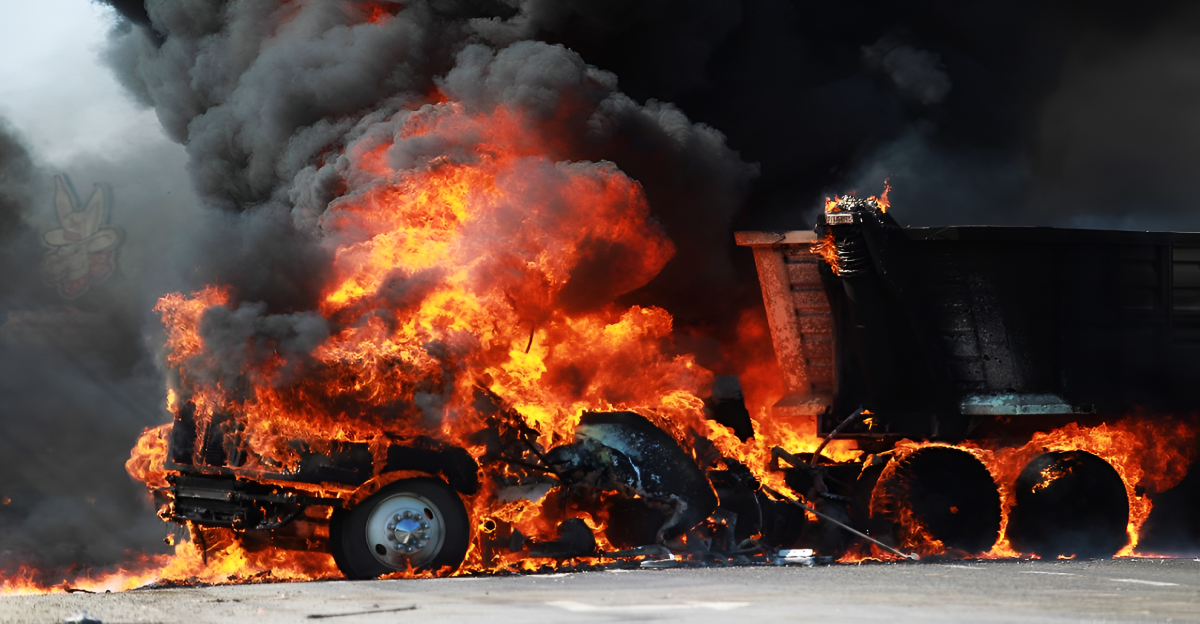
The world’s most powerful non-nuclear bomb, a thermobaric weapon, is designed to destroy fortified targets in ways conventional explosives cannot.
Imagining its use on a Sinaloa cartel fentanyl laboratory is a purely hypothetical exercise, not an indication of real-world policy. It reveals both the devastating science behind the bomb and the fragile infrastructure of cartel operations fueling America’s opioid crisis.
How the Thermobaric Weapon Works
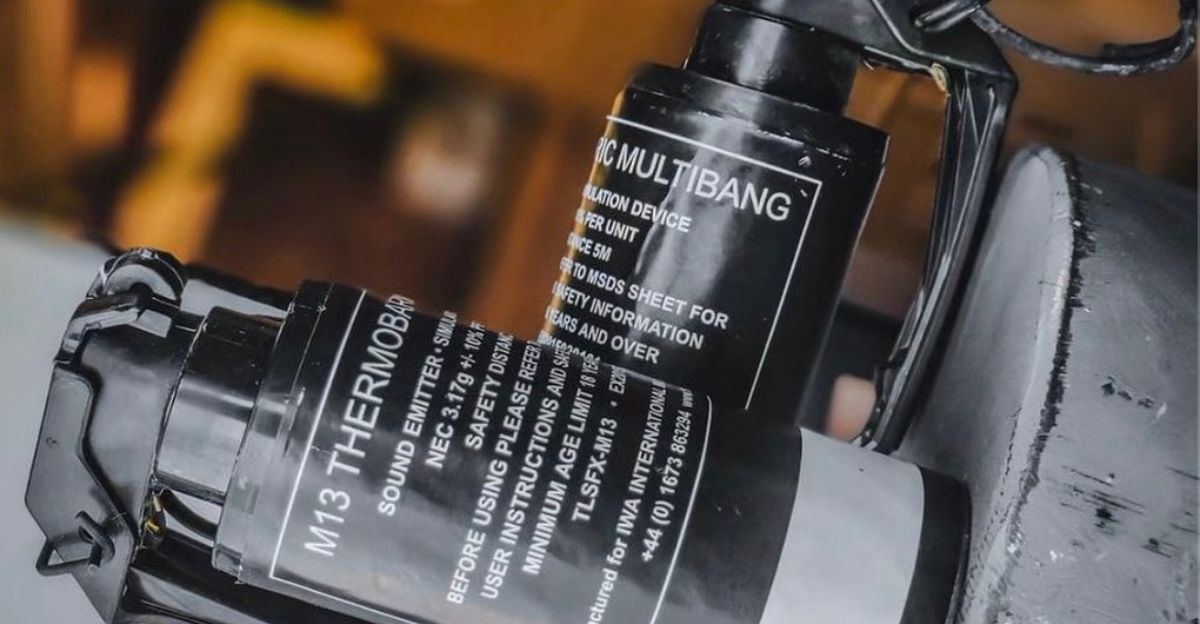
A thermobaric device creates a two-stage explosion. First, it disperses a fuel-air mixture throughout the target. Then, a delayed detonation ignites the cloud, producing a fireball at temperatures near 3,000°C.
The U.S. Army Research Laboratory has explained that these weapons are extremely effective against buildings, bunkers, and hard or deeply buried subterranean structures.
Pressure Beyond Imagination

The intensity of the explosion is measured in PSI—pounds per square inch. A thermobaric strike can generate blast pressures of up to 1,000 PSI. For perspective, FEMA notes that most residential buildings collapse at around 5 PSI.
Such force would instantly vaporize chemical precursors, industrial pill presses, and processing equipment inside a drug lab.
Fentanyl’s Deadly Scale
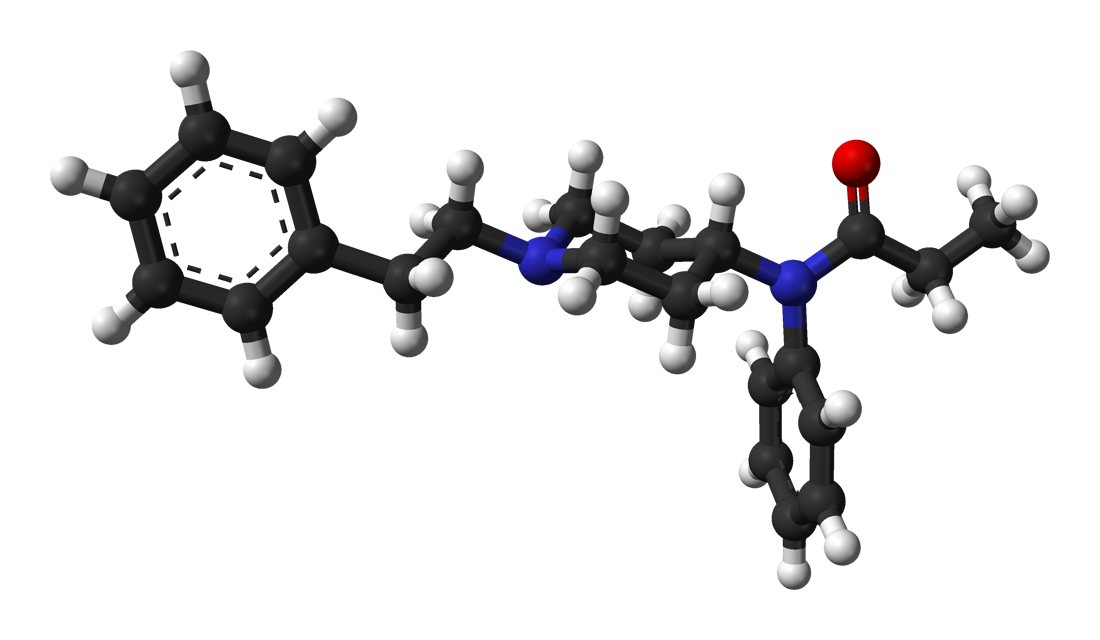
The fentanyl trade is vast and efficient. According to the U.S. Drug Enforcement Administration (DEA), just two milligrams of fentanyl can be lethal. While some experts have estimated that only a few metric tons could satisfy U.S. demand, those figures vary and are not official government benchmarks.
What is clear is that destroying a large-scale lab could mean eliminating millions of doses before they ever reach U.S. streets.
Why Culiacán Matters

Many of the Sinaloa cartel’s most sophisticated labs are hidden deep in the mountains around Culiacán, Mexico. Isolated, fortified, and well-guarded, these facilities represent the cutting edge of clandestine drug manufacturing.
A weapon capable of wiping out an entire site in seconds challenges the very notion of cartel security.
The Oxygen Effect

Beyond heat and pressure, thermobaric explosions consume oxygen in the blast zone. A U.S. Army fact sheet noted that oxygen depletion makes them uniquely effective against enclosed spaces like bunkers.
Analysts stress, however, that such descriptions are technical explanations, not endorsements of real-world use against cartel targets.
Unstoppable Blast Waves
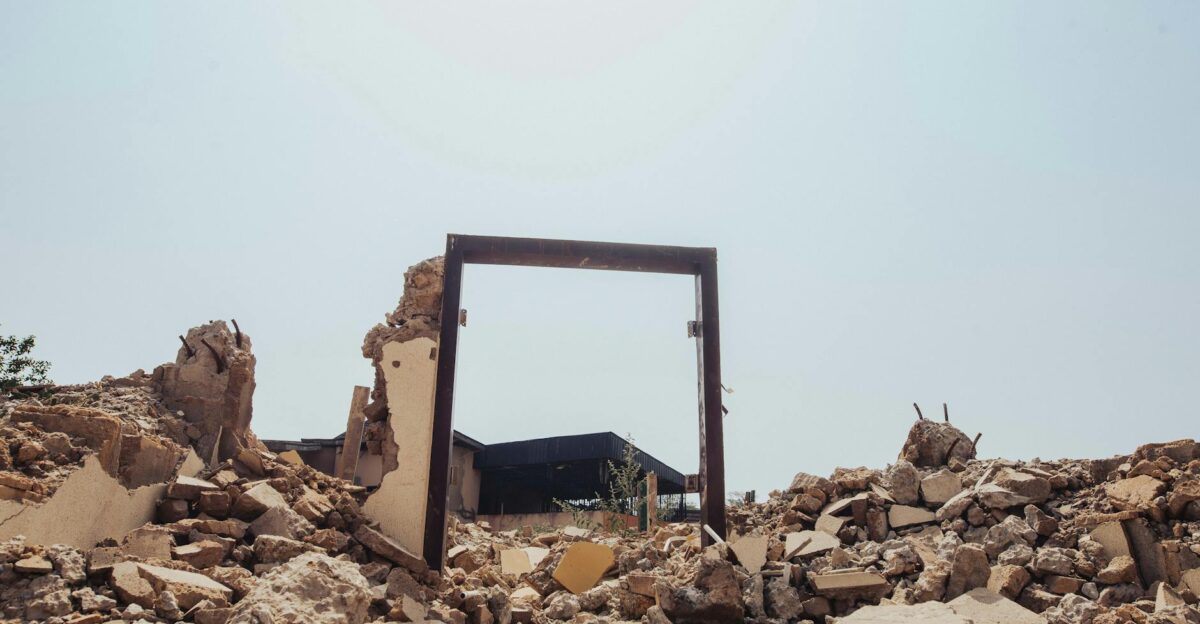
Thermobaric weapons are especially feared because of how their blast waves behave indoors. Instead of dissipating, the waves bounce between walls and ceilings, hitting structures multiple times.
Defense analysts writing in Jane’s Defence Weekly describe this as a compounding effect that turns reinforced buildings into rubble.
Targeting Industrial Scale Operations
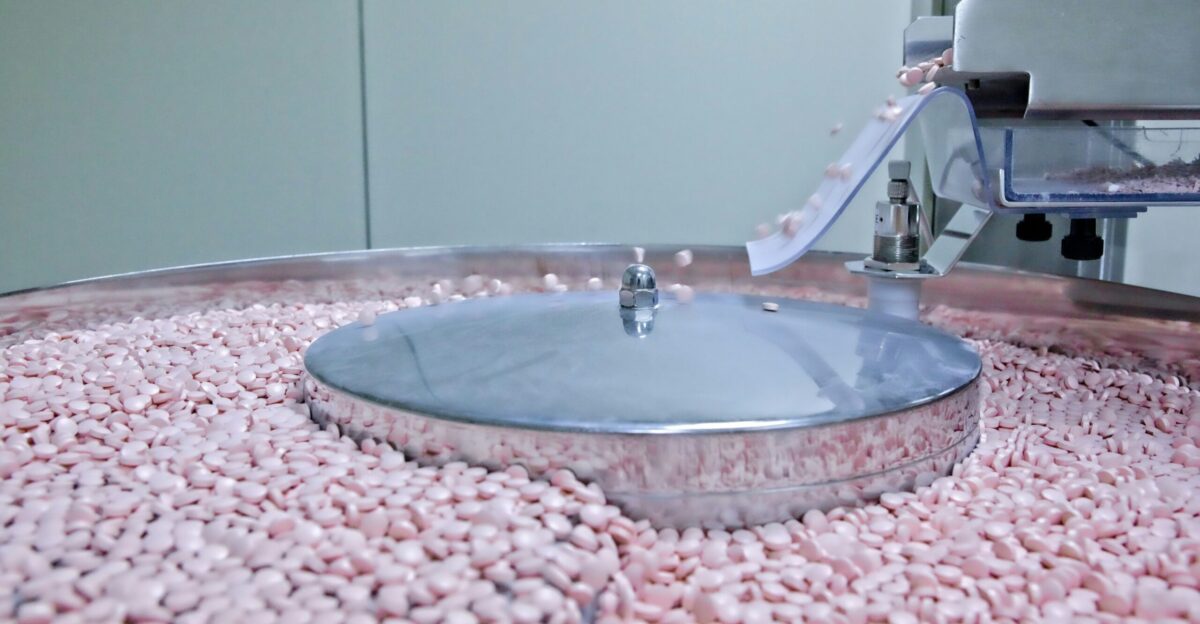
Mexican cartels increasingly rely on industrial-grade equipment—high-capacity mixers, drying ovens, and tablet presses capable of producing thousands of pills per hour.
A thermobaric strike would not just collapse walls but erase this infrastructure, setting back operations by months, if not years.
Psychological Shockwaves

Cartel power rests not only on money and violence but also on the belief that their strongholds are untouchable. Organized crime researcher Vanda Felbab-Brown of the Brookings Institution has written that challenging this perception can destabilize cartel authority.
A strike in Sinaloa would carry symbolic weight far beyond its physical damage.
A Weapon Built for Bunkers
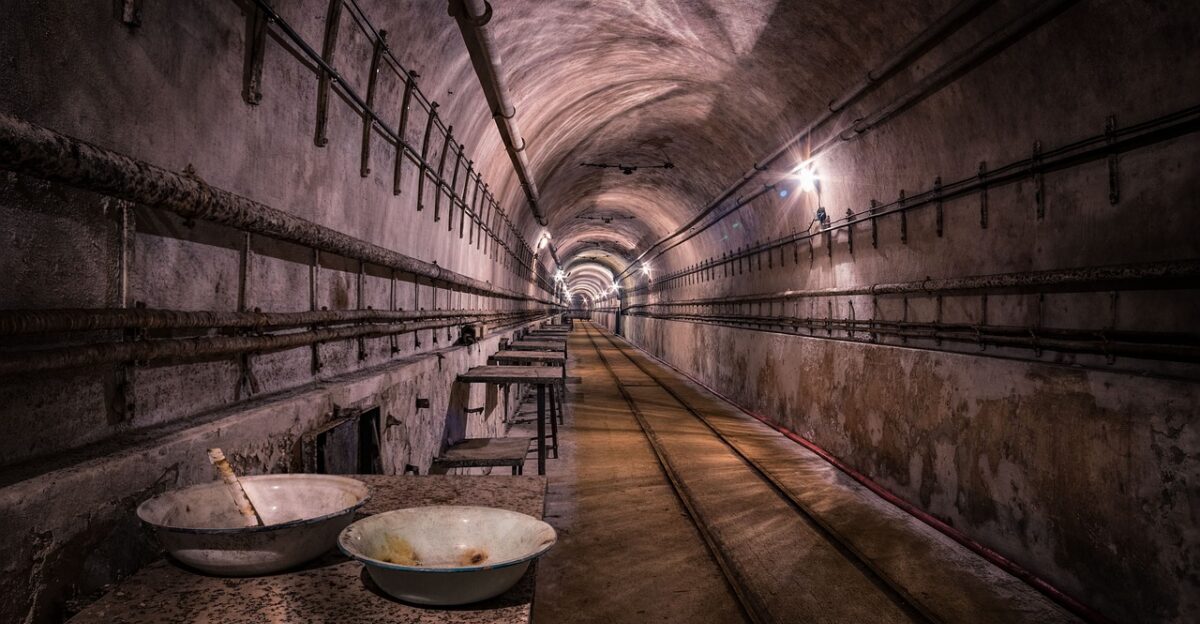
Thermobaric bombs were first developed during the Cold War, specifically to neutralize hardened targets. The U.S. Department of Defense has documented their use in Afghanistan against cave complexes, highlighting their enduring role in modern arsenals.
U.S. Massive Ordnance Air Blast (MOAB).
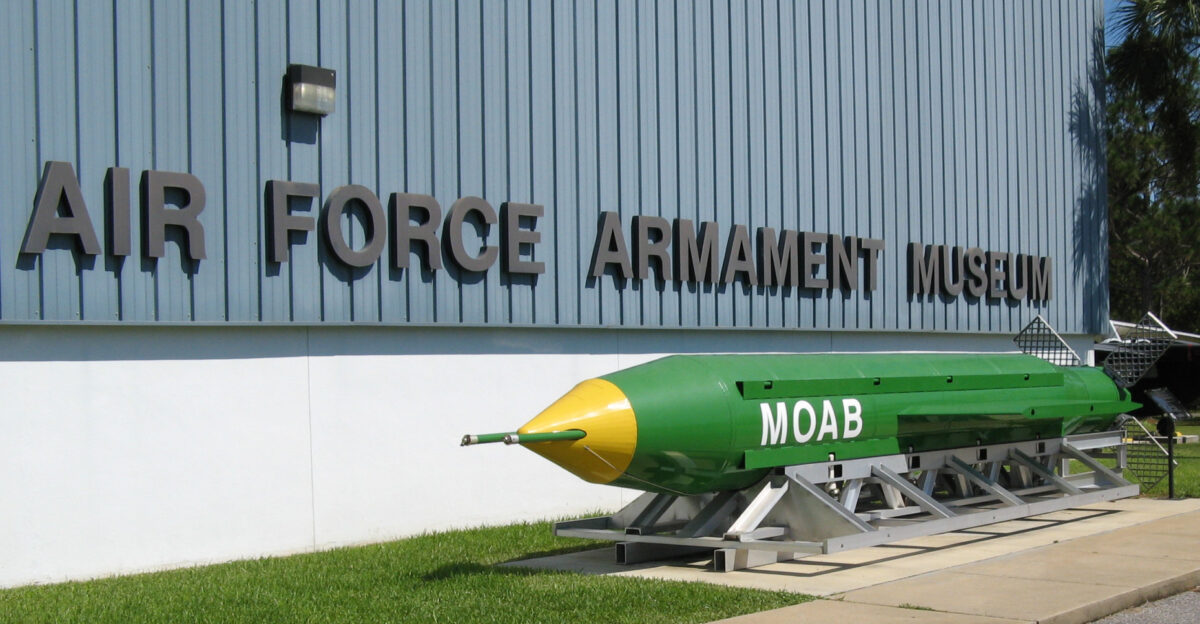
Russia unveiled its version of the thermobaric bomb in 2007, claiming it was four times more powerful than the U.S. Massive Ordnance Air Blast (MOAB).
Russian state media reported that it generated temperatures twice as high as conventional bombs, earning it the nickname “Father of All Bombs.”
Collateral Concerns

The destructive potential raises uncomfortable questions. Human Rights Watch has cautioned that the use of thermobaric weapons in populated areas could cause indiscriminate harm, potentially violating international humanitarian law.
Against a remote cartel lab, however, the calculation looks different.
A Strike on the Supply Chain
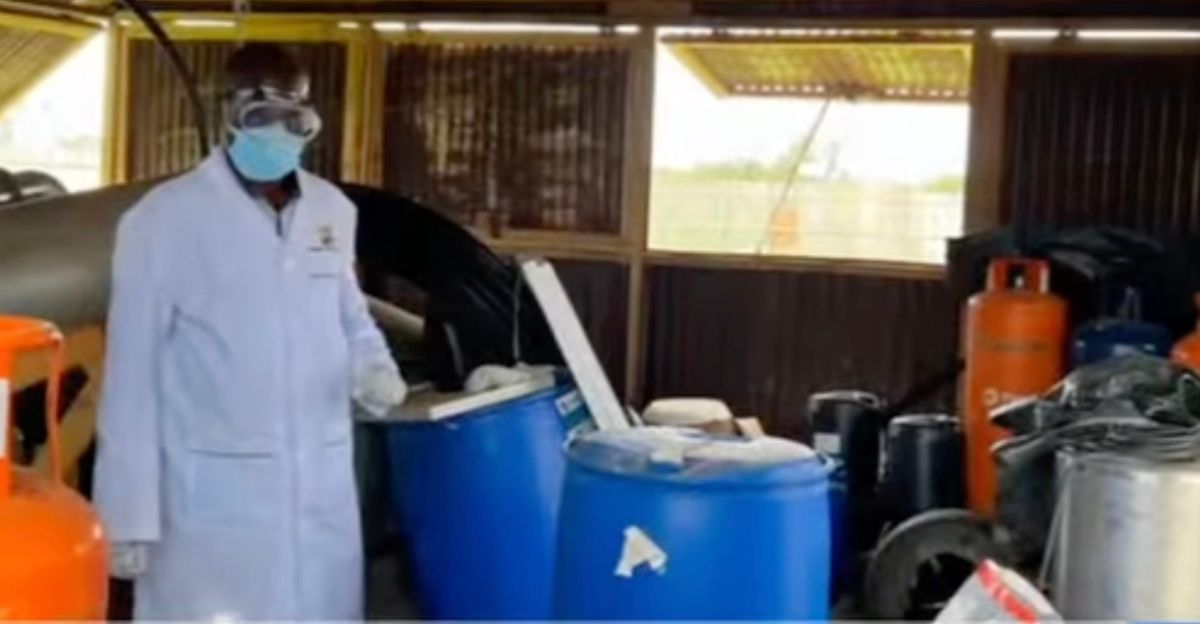
Disrupting production at the lab level strikes at the heart of the fentanyl supply chain. Unlike intercepting shipments, which can be replaced, destroying equipment and facilities creates longer-term shortages.
The DEA has said in congressional testimony that targeting “critical nodes” in production is key to weakening cartel networks.
Cascading Effects on Cartel Operations

The loss of one lab would ripple across distribution channels. Cartels depend on reliable outputs to feed trafficking pipelines stretching from Mexico into the U.S. and Canada.
A precision strike would force them to reroute, rebuild, and reassess their methods—an expensive and demoralizing setback.
The Human Cost of Fentanyl
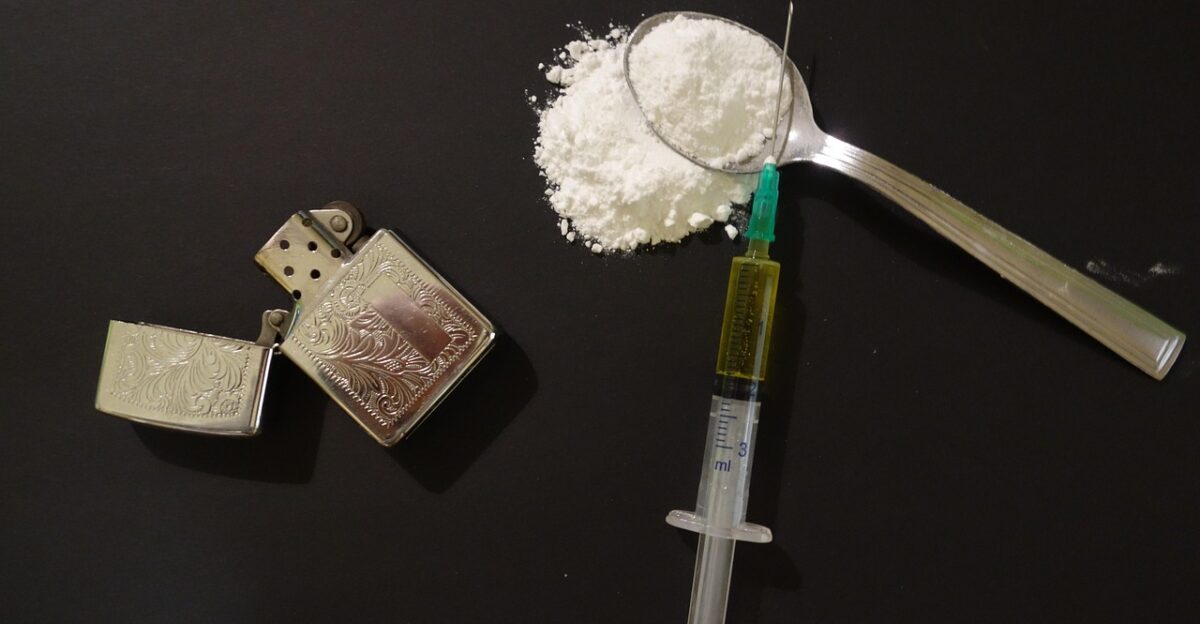
Over 112,000 Americans died from drug overdoses in 2023, with fentanyl playing the largest role, according to the Centers for Disease Control and Prevention (CDC).
Understanding the sheer scale of the crisis highlights why the destruction of a single lab could resonate far beyond the battlefield—it relates directly to lives saved.
Would It Ever Happen?

Despite its devastating efficiency, deploying such a weapon on foreign soil against a criminal group is effectively impossible under current law. International treaties, sovereignty concerns, and diplomatic fallout make the scenario unrealistic.
Strategists at the RAND Corporation note that hypotheticals like this are used to model risks and vulnerabilities, not to suggest actionable policy.
The Message to Cartels
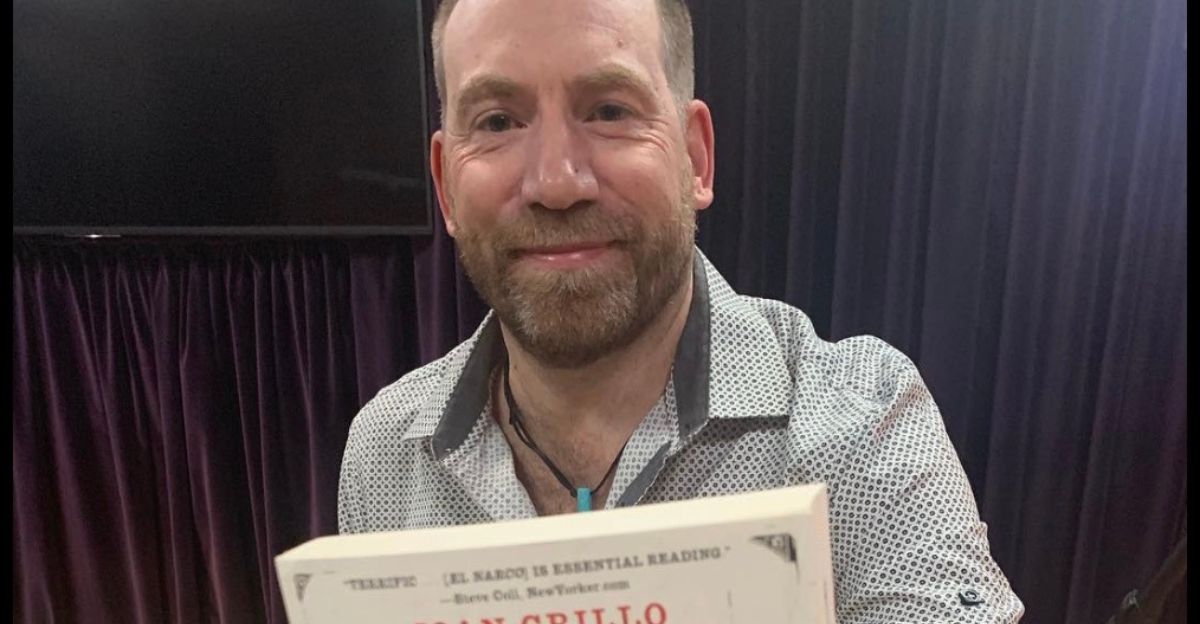
If such a strike were to occur, the message would be unmistakable: no place is safe. Yet organized crime experts like Ioan Grillo emphasize that real counter-narcotics success usually comes from intelligence-sharing, financial tracking, and dismantling supply chains—not high-yield weaponry.
Psychological warfare may matter, but long-term solutions hinge on international cooperation and law enforcement.
The Science of Fear

Weapons of this magnitude don’t just destroy infrastructure; they create narratives. When the U.S. dropped the MOAB in Afghanistan in 2017, President Donald Trump said it sent a “very, very powerful message.”
A strike on a Sinaloa fentanyl lab would carry similar weight, reshaping perceptions of security and reach.
Shifting the Balance of Power
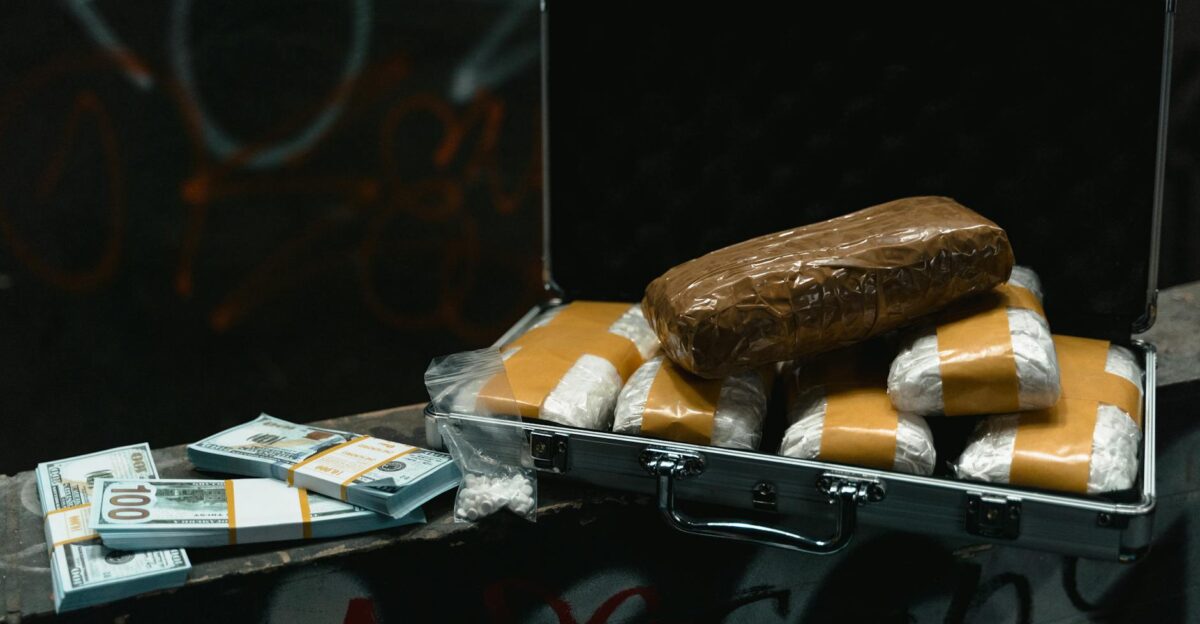
Cartels thrive on their ability to adapt. Yet the introduction of overwhelming force—real or imagined—changes the balance of power.
Security analysts at Stratfor have noted that illicit economies remain vulnerable when confronted with state-level firepower.
A Chilling What-If

The idea of using the world’s deadliest non-nuclear bomb on a cartel drug lab remains a chilling “what if.” This scenario is speculative and intended to spark discussion rather than propose policy. Yet it highlights the scale of the fentanyl crisis and the extreme measures some imagine in the fight against it.
The real challenge lies in whether governments, communities, and law enforcement can craft solutions powerful enough—without resorting to weapons of mass destruction—to save lives and disrupt an epidemic that shows no signs of slowing.